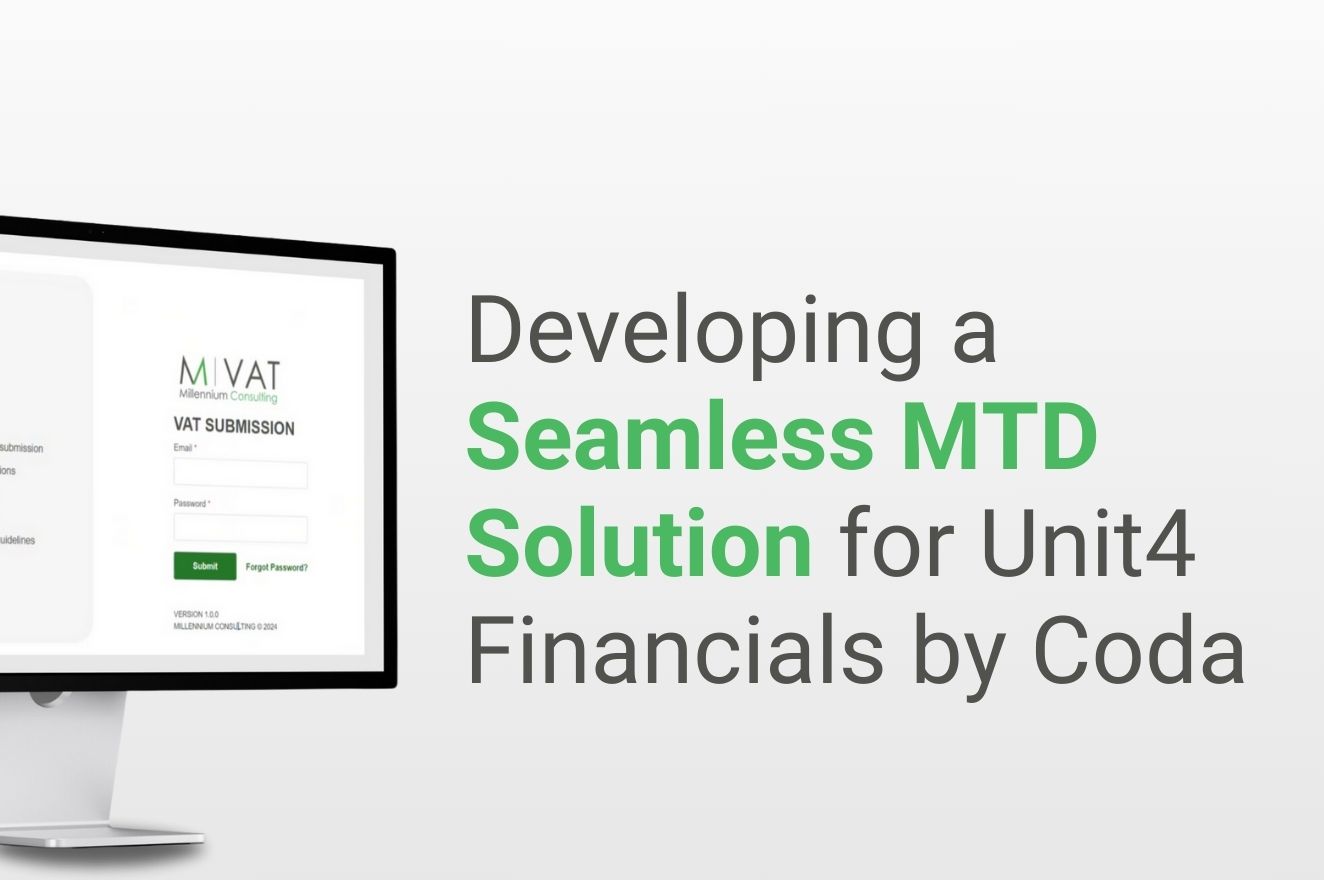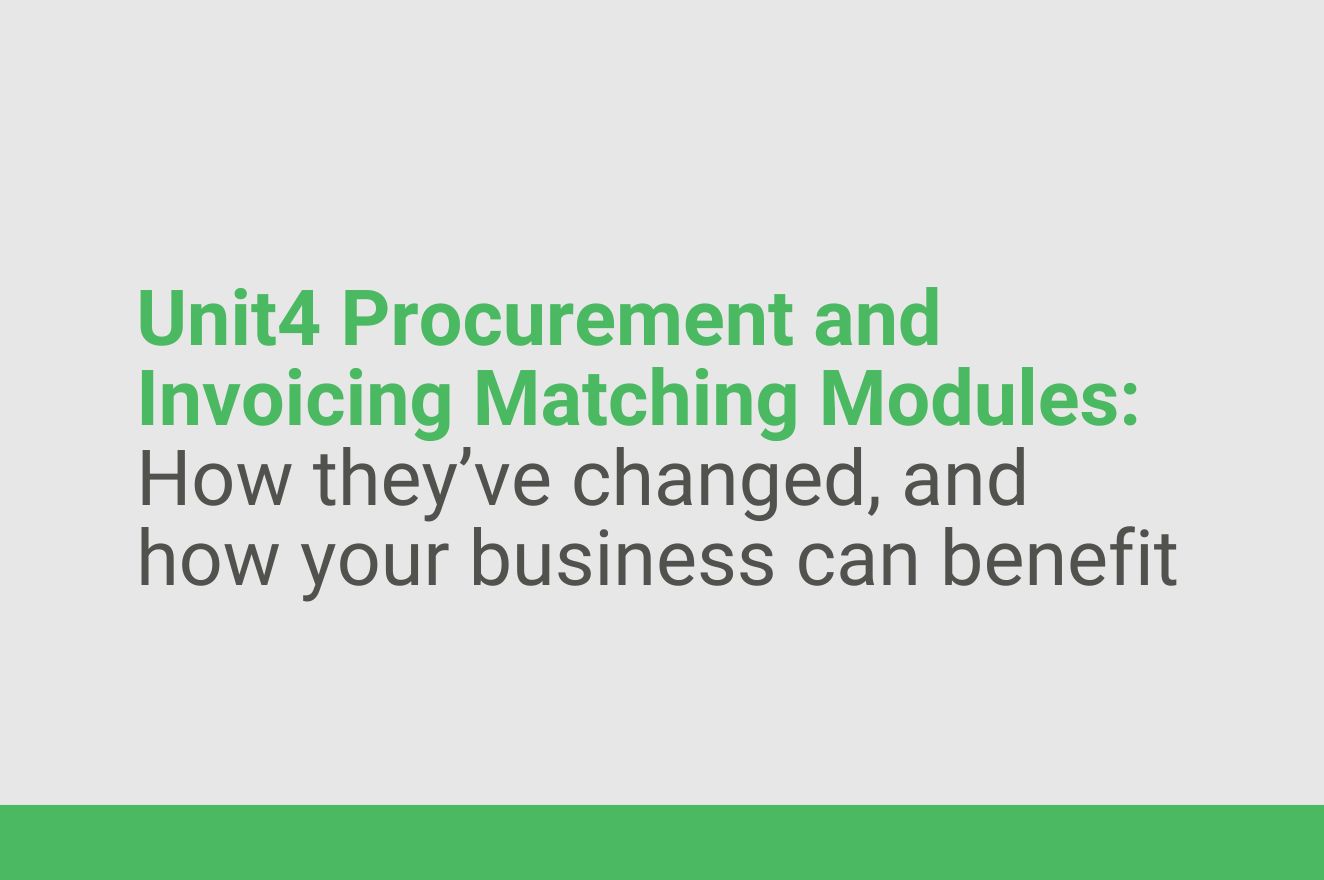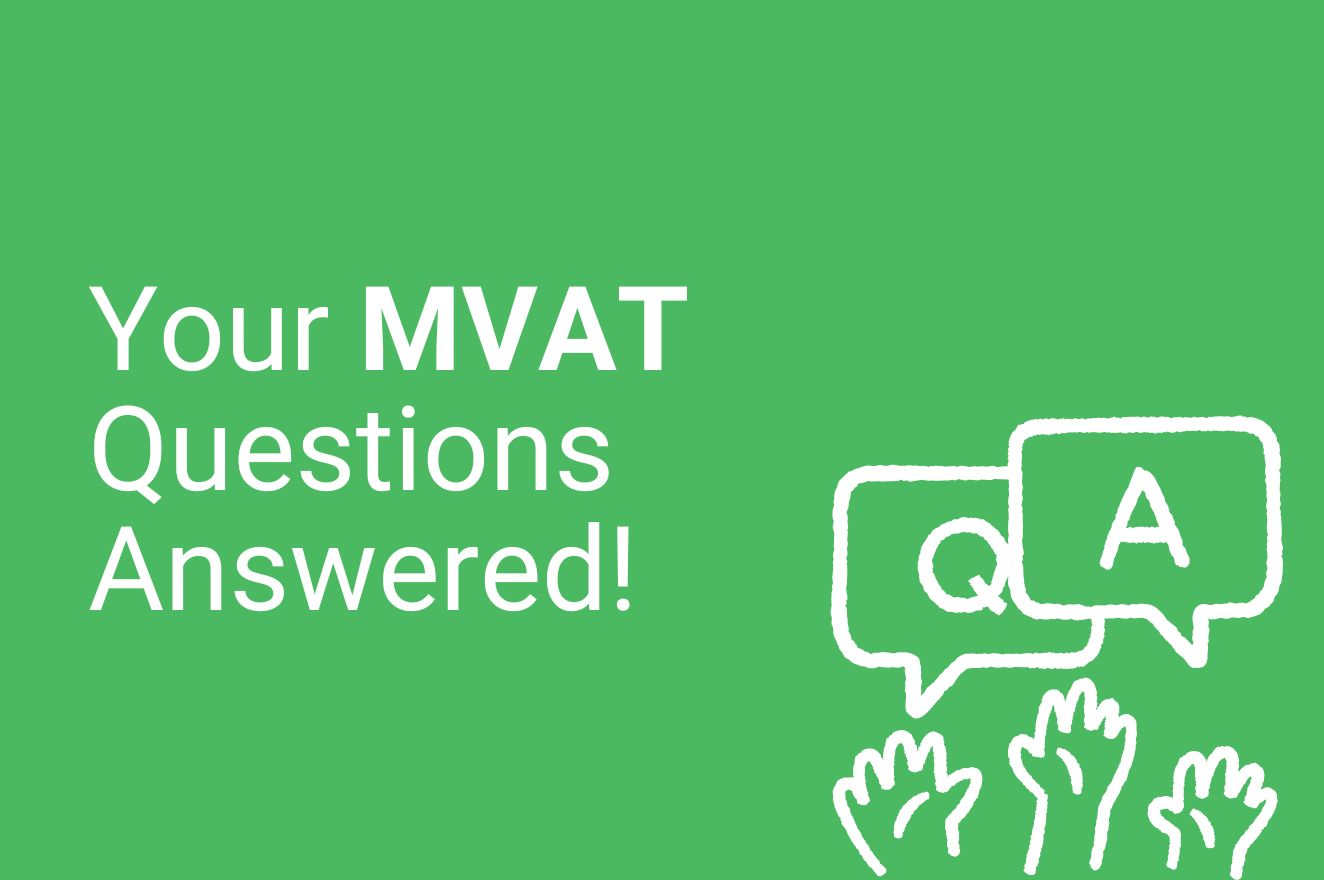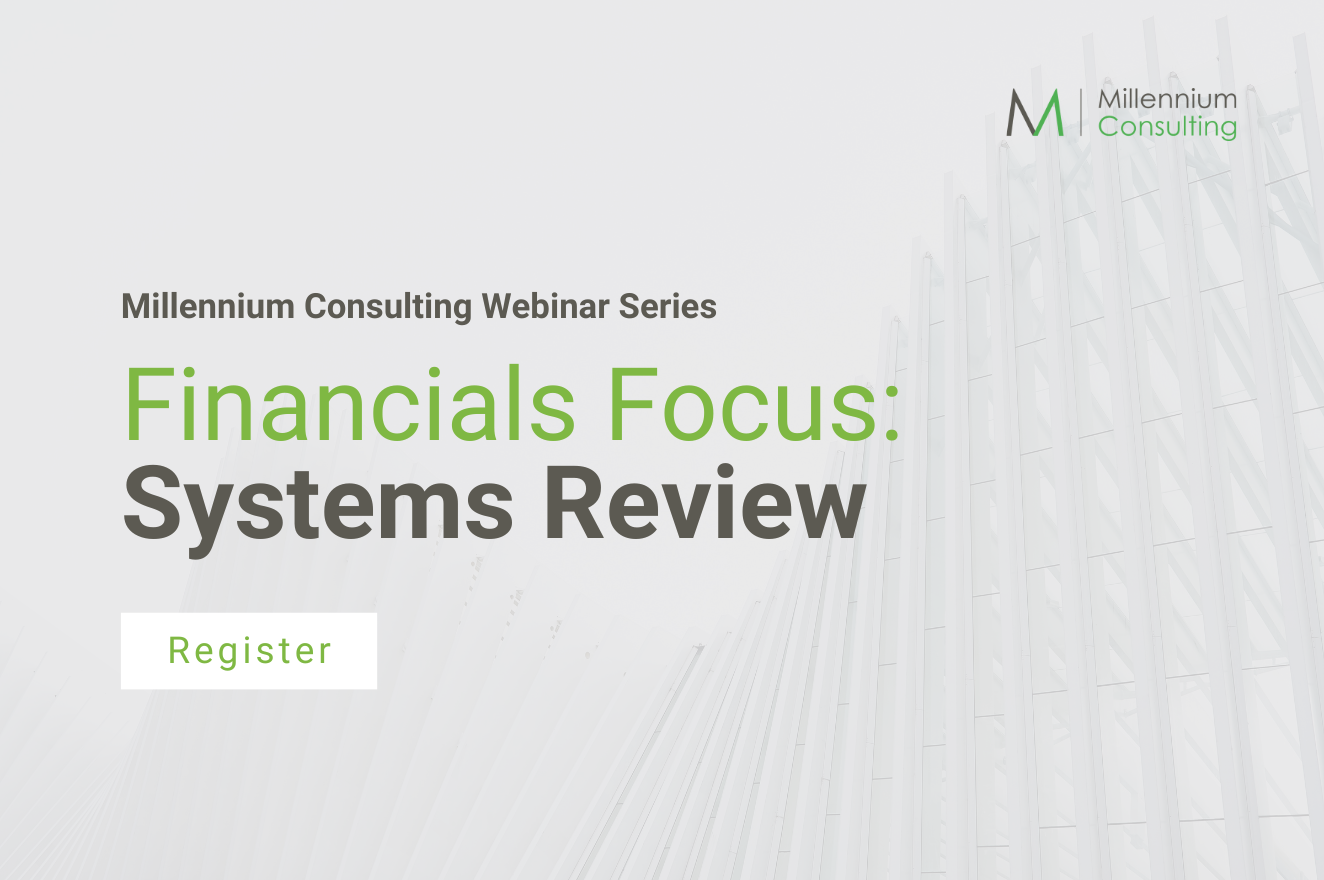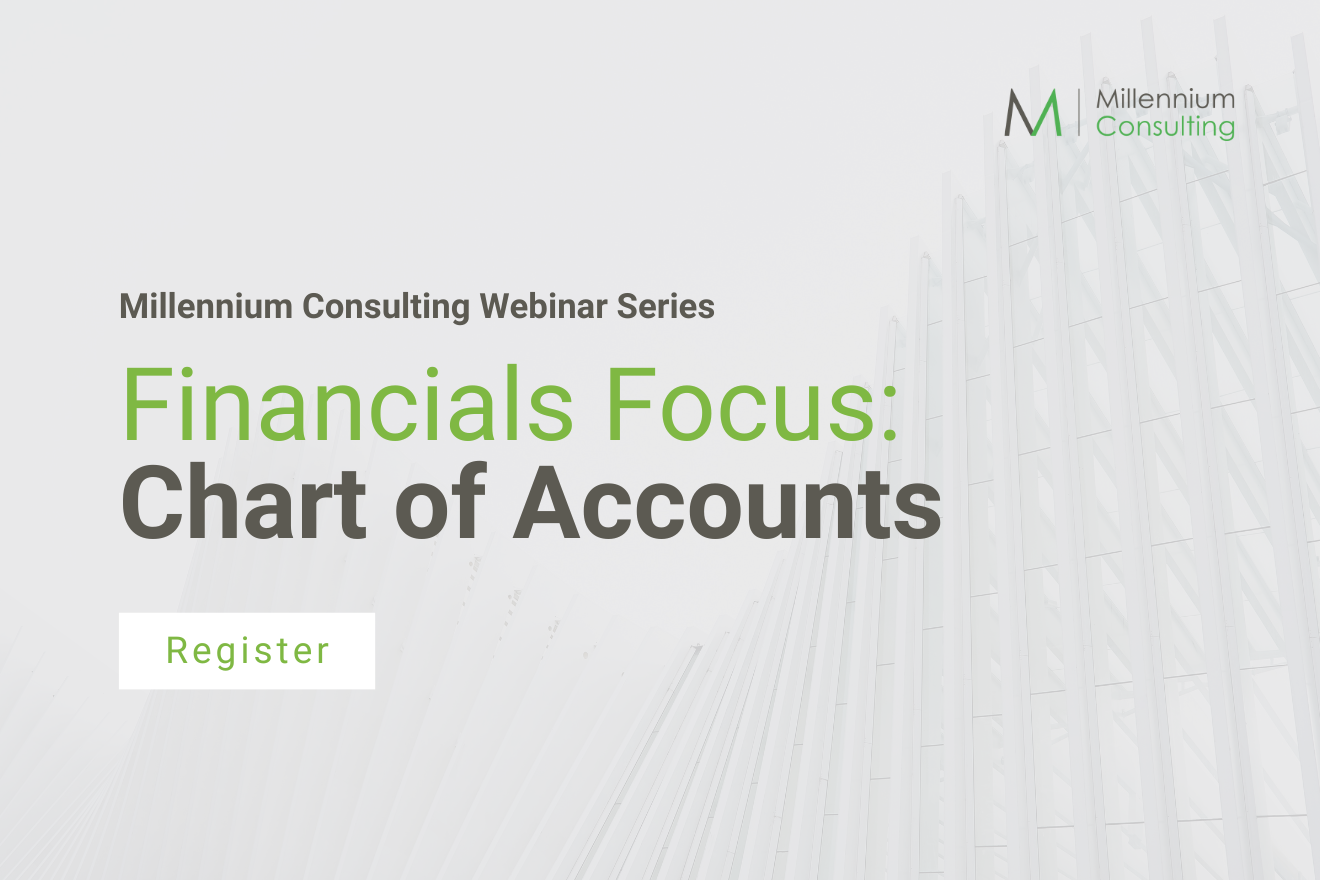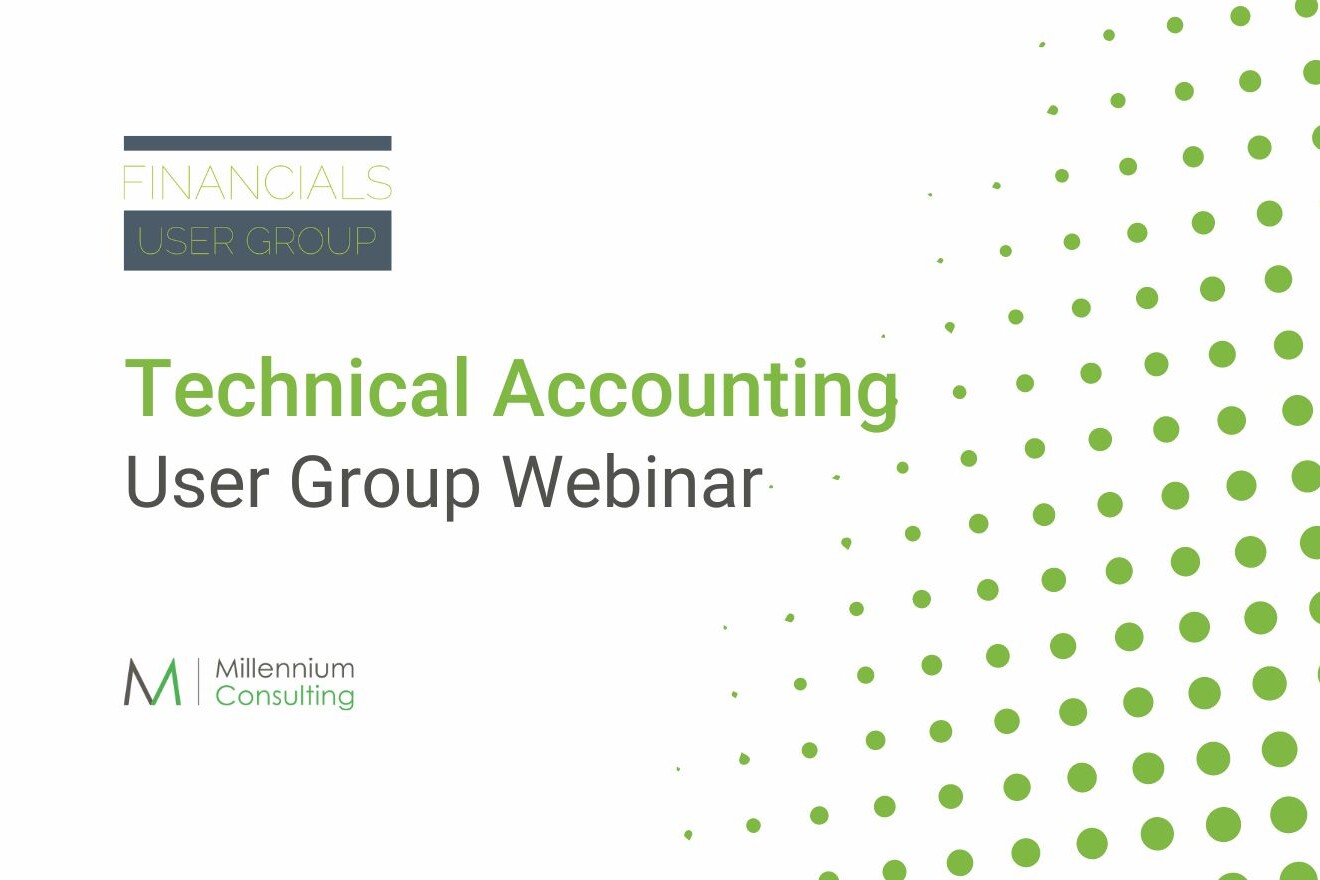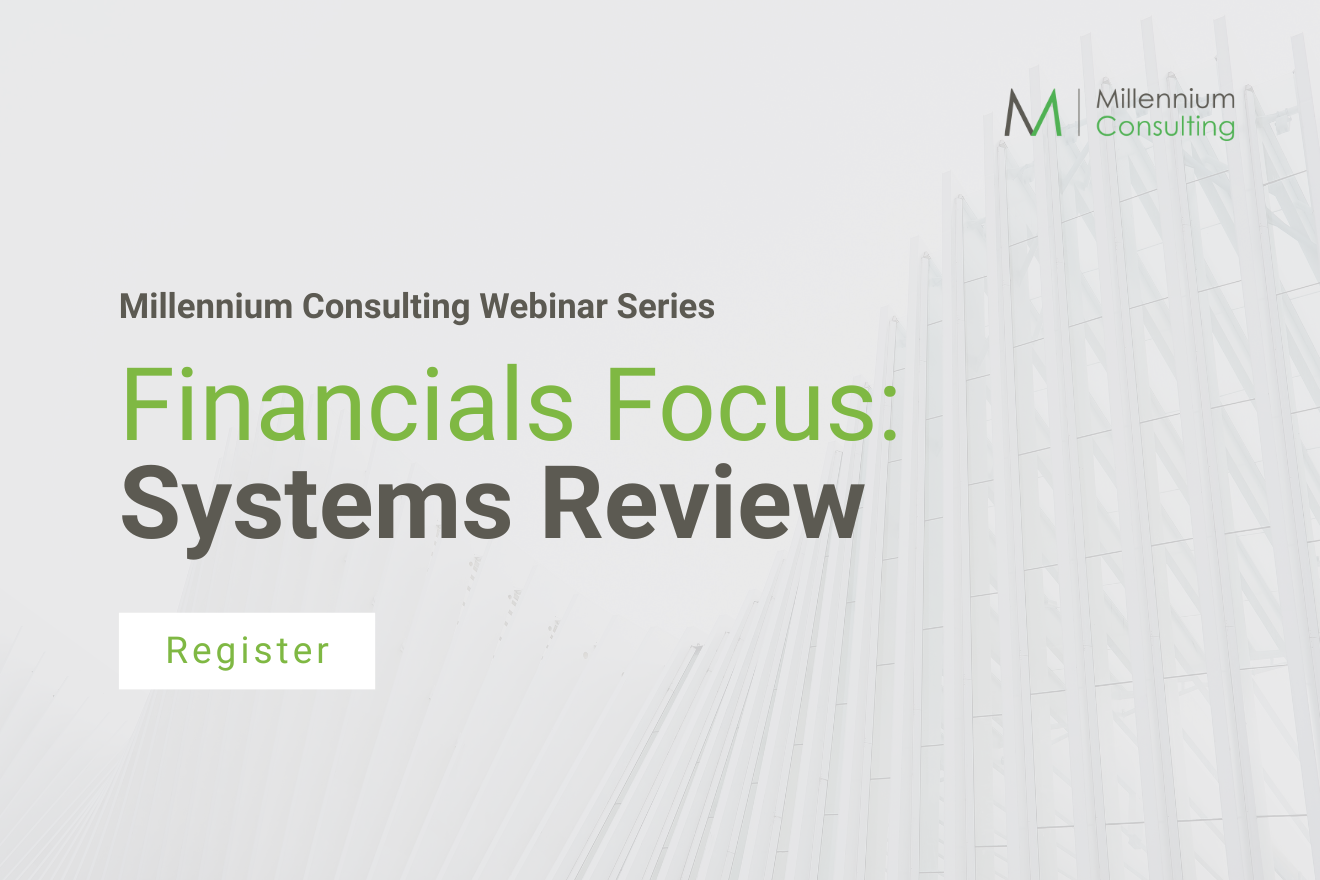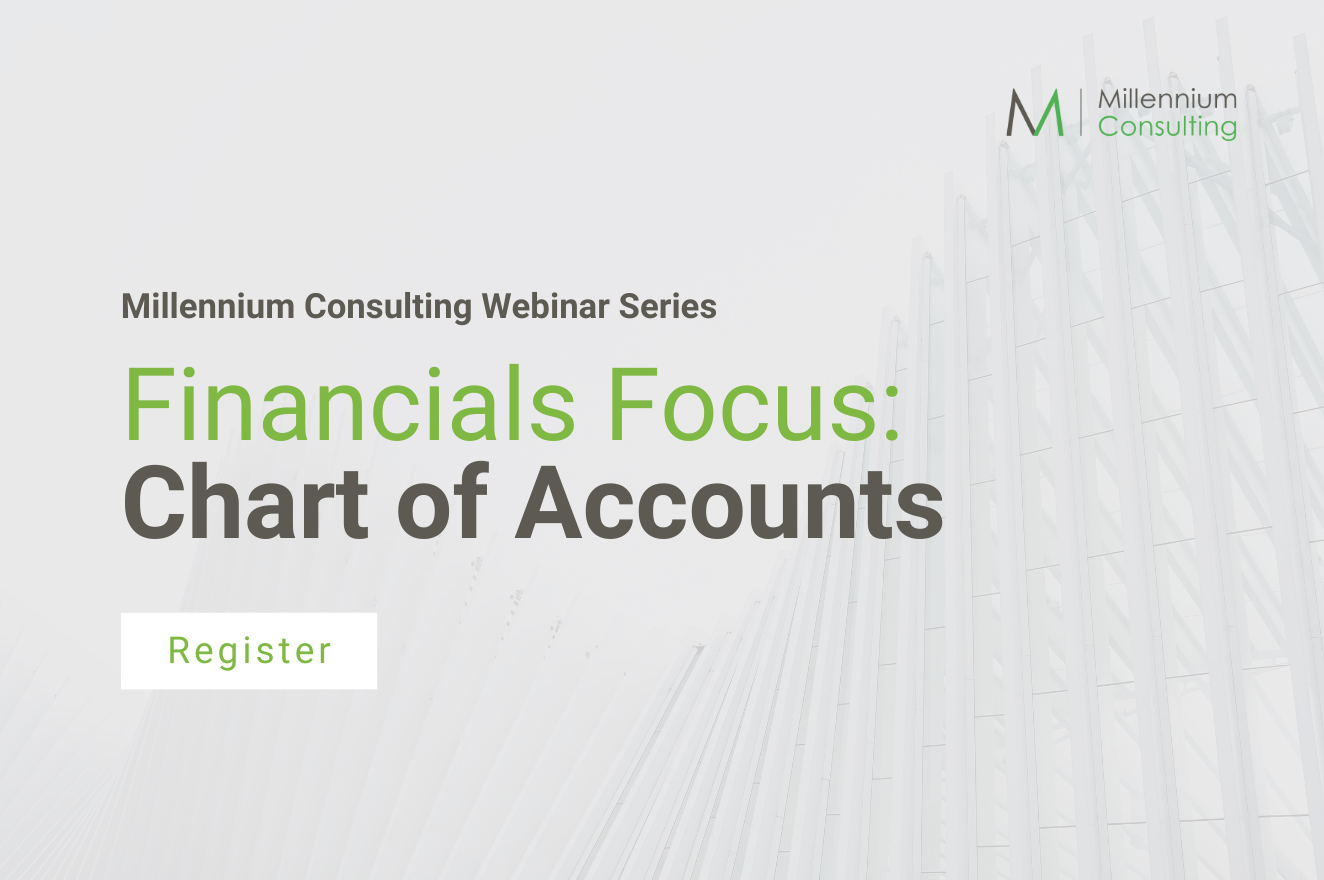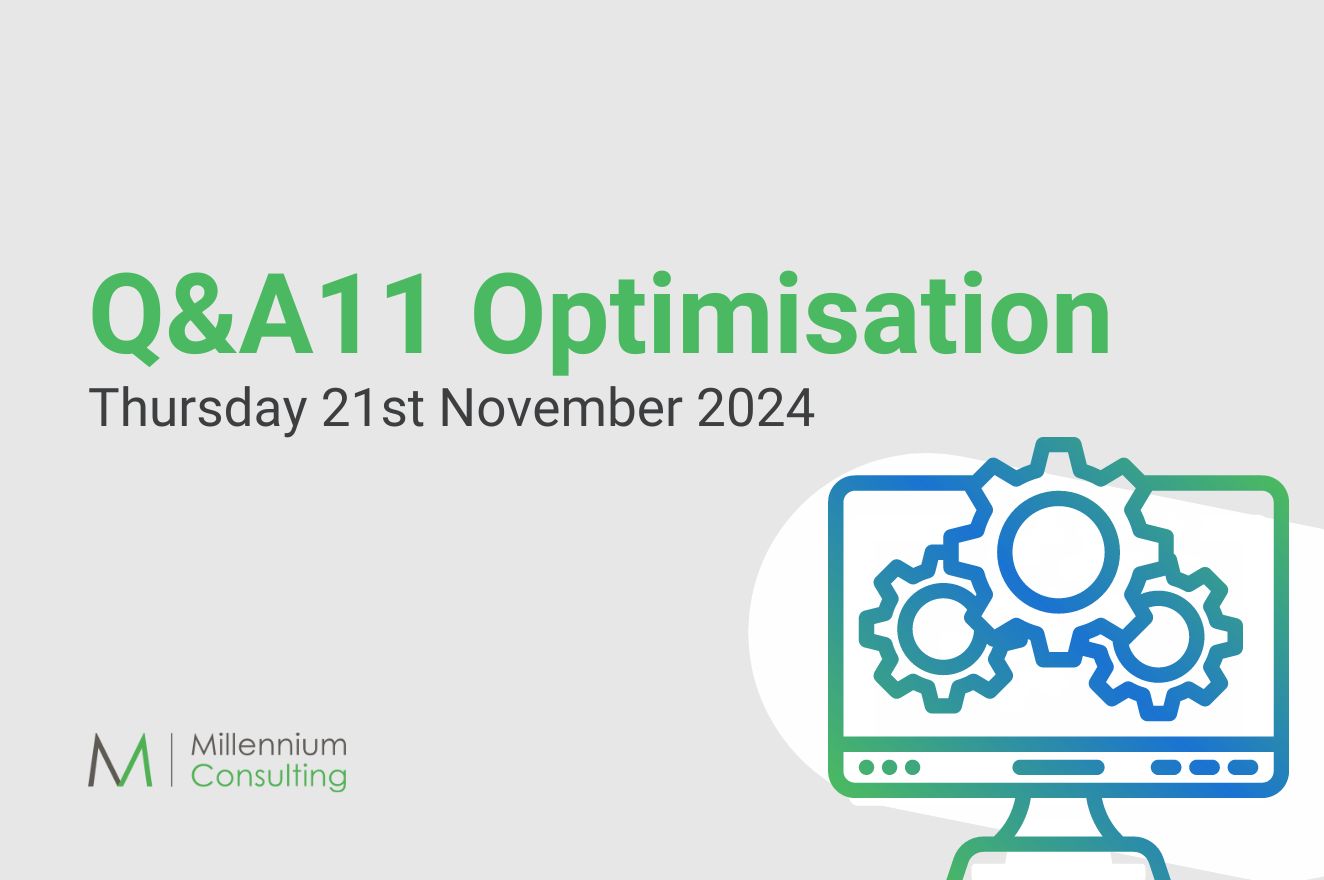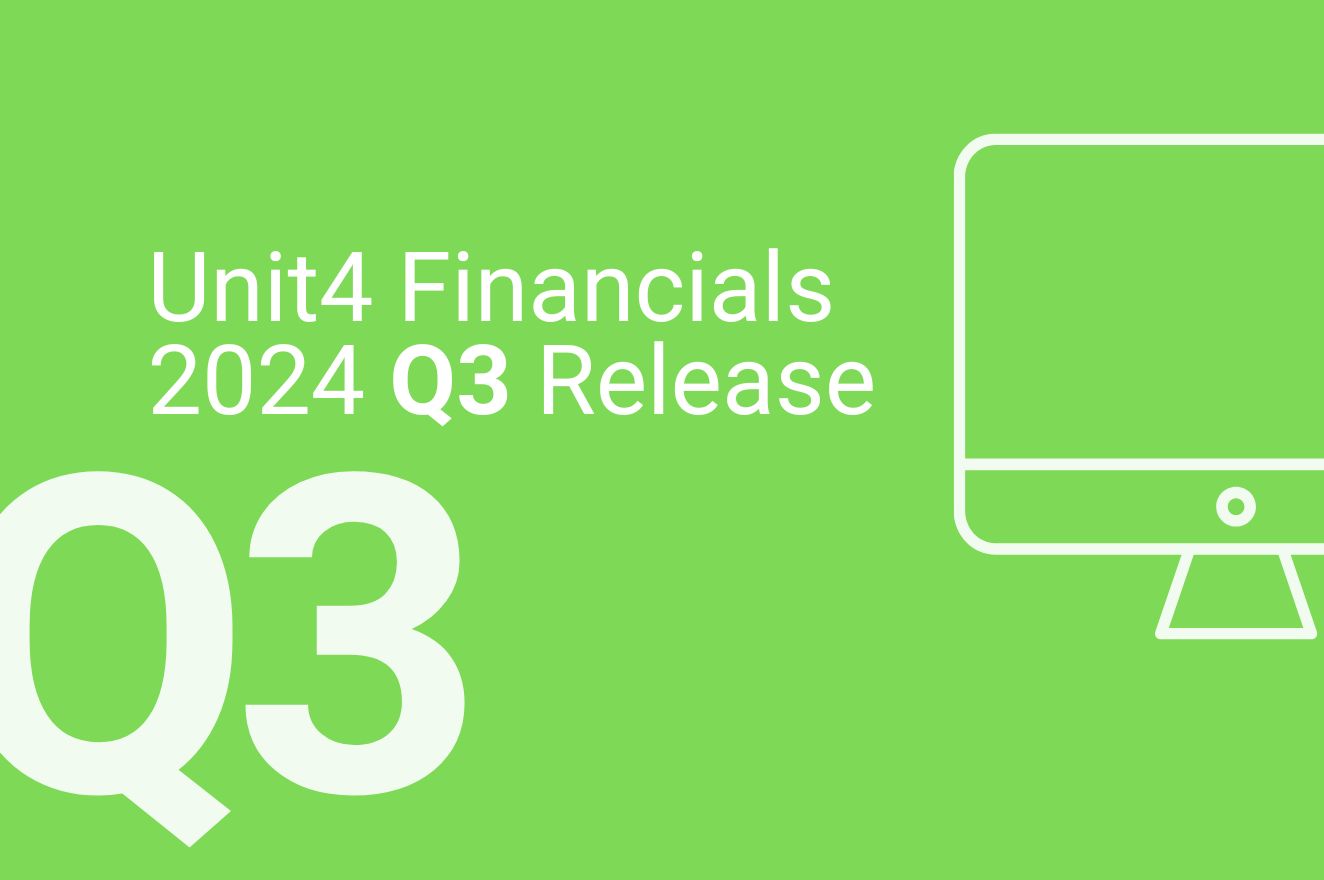Millennium Consulting visits Raising Futures Kenya in Nairobi
October 2024
Millennium Consulting visit Raising Futures Kenya in Nairobi
Millennium Consulting’s CEO and long-time Patron of Raising Futures Kenya (RFK), Phil Keet, visited the charity’s operations in Nairobi with his wife, Jane. Millennium Consulting has supported RFK for nearly 20 years, contributing to the charity’s mission of supporting young people in Kenya to become self-reliant and live free from poverty.
During their visit, Phil and Jane Keet met with the charity’s leadership team, Mary and Florence, toured the vocational training facilities, and spent time engaging directly with students enrolled in the Seed of Hope programme. The Keets were deeply moved by the enthusiasm of the students, who expressed immense gratitude for the life-changing opportunities provided through the program.
Raising Futures Kenya has provided opportunities for disadvantaged youths by equipping them with the skills and resources necessary for self-reliance. Through vocational training programs, the charity helps young people gain employment or start their businesses, creating a ripple effect of positive change in local communities.
“After supporting Raising Futures Kenya for almost two decades, visiting the centre in Nairobi was incredibly meaningful. We were truly impressed by the dedication of the staff and the optimism of the students. Their self-confidence and hope for the future are a testament to the impactful work being done by Raising Futures Kenya and Seed of Hope.”
Millennium Consulting is dedicated to sustainable development, in line with its overall goal of promoting social change. This visit showcases our commitment to making a real difference beyond its main business services by creating opportunities for those in need.
For more information on Raising Futures Kenya and their initiatives, visit here.
Millennium 2025 Raising Futures Kenya Golf Day
We are excited to announce that the 2025 Millennium Golf Day, which will raise funds for Raising Futures Kenya, will take place on Friday 6th June 2025, at Woldingham Golf Club.
Developing a Seamless MTD Solution for Unit4 Financials by Coda
Developing a Seamless MTD Solution for Unit4 Financials by Coda
When we embarked on creating our Making Tax Digital (MTD) solution, our goal was to build a product that integrates seamlessly with Unit4 Financials by Coda. In this post, Chris Peall, Director of Professional Services at Millennium Consulting, shares the vision behind the software development.

Over the years, many of our customers have expressed the need for an MTD-compliant solution, as Unit4 Financials by Coda doesn’t have a built-in option. While several third-party solutions exist, we were committed to developing one tailored for Unit4 Financials by Coda, rather than trying to make an existing solution fit. We aimed to provide a true plug-and-play experience, requiring minimal configuration so that customers could achieve MTD compliance swiftly and efficiently.
Longevity is key as HMRC requirements will change and customers need a platform that can adapt easily with the minimum disruption possible. Our HMRC recognised product does just that.
By focusing on this niche, we’ve designed a product that fits perfectly within the Unit4 Financials ecosystem and simplifies the transition to digital tax reporting for finance teams.
Our three key objectives:
Simple
A key priority for us was creating a product that was simple and easy to use. Making Tax Digital (MTD) doesn’t have to be complicated. We aimed to develop an intuitive and user-friendly tool, enabling finance teams to comply with MTD requirements without hassle.
Secure
We live in a world with an increased threat to our cyber and technical estate; our Principal Information Security Consultant was involved in every step to ensure that MVAT meets the highest security standards, both now and in the future. Handling sensitive financial data requires a robust security framework, and we’ve ensured that MVAT locks down data effectively while maintaining its ease of use.
Seamless
Our solution seamlessly takes data from Unit4 Financials by Coda and passes it to HMRC. We know validation and approval are critical steps, so we’ve ensured the process integrates smoothly. Our goal was to create a solution that feels like a natural extension of the Unit4 Financials by Coda platform, allowing users to manage tax submissions with minimal disruption to their existing workflows.
Watch this demo of MVAT: Millennium’s Making Tax Digital software
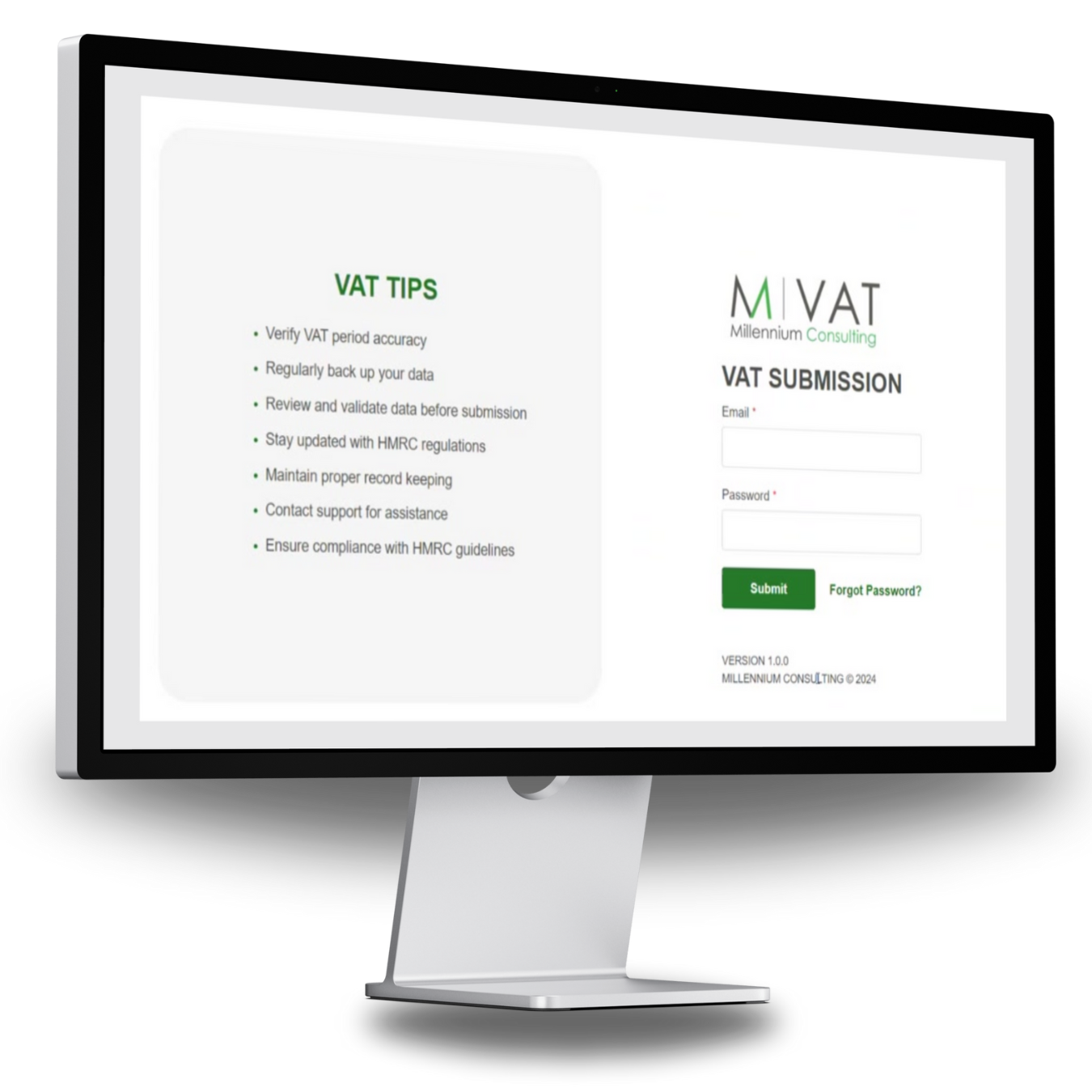
Learn how to:
Submit VAT Returns Mapping Unit4 Financial by Coda set up User Management Additional HMRC Reports Submission Audit
Millennium Raising Futures Kenya Golf Day
Help us change lives
Millennium 2025 Raising Futures Kenya Golf Day
Friday 6th June 2025 at Woldingham Golf Club in Surrey
We are excited to announce that Millennium's nineteenth annual Charity Golf Day will be held at Woldingham Golf Club, one of Surrey's premier courses. We look forward to welcoming clients, business partners, and associates on Friday 6th June for a day of enjoyable golf while raising essential funds for Raising Futures Kenya, our longstanding charity partner.
Our goal for this year is to raise £10,000
The 2024 event raised £7,000 and provided the tools needed for 26 students to acquire valuable business and life skills, enabling them to support themselves. This year, our goal is to exceed this amount and raise £10,000. We are committed to supporting young Kenyans and helping them become self-reliant to live a life free from poverty.
The event will follow a Ryder Cup format, with teams representing the US and Europe playing a Stableford competition to compete for the team trophy.
We hope that you can join us.
2025 marks the 30th anniversary of Millennium Consulting
A milestone that underscores our dedication and success.
Charity
Raising Futures Kenya
We firmly believe in our social responsibility to the wider community. That’s why, over the last 19 years, we have supported Raising Futures Kenya – a charity that breaks the cycle of inequality and creates opportunities for vulnerable children and young people in Kenya.
Raising Futures Kenya is the charity working together with young people to create opportunities for rewarding futures. Without these opportunities, one in five young people in Kenya face living in poverty; unable to reach their potential.
"Because of your generosity, your ingenuity, and your creativity, young people are learning how to support themselves in this unstable world."
— Kirsty Erridge, Raising Futures Kenya
Purchase your ticket today to secure your spot
Venue
Woldingham Golf Club
Nestled in the serenity of the Halliloo Valley just north of Woldingham, in the heart of the Surrey North Downs, Woldingham Golf Club’s excellent course and facilities have become a popular destination for golfers.
Designed by American course architect Bradford Benz, the beautiful, rolling course makes the most of the valley’s contours and suggests a relaxed game many have yet to experience! A par 71 course in excess of 6,000 yards long from the yellow tees, the course is built on a chalk base, excellent for drainage which, together with the USGA specification greens, allows year round play.
Golfers will decide for themselves their favourite holes, but for sheer beauty, the 4th and 7th at the far end of the course, in the bowl of the valley, will take some beating.
Address: Woldingham Golf Club, Halliloo Valley Rd, Woldingham, Surrey, CR3 7HA
Agenda
09:00 am
09:15 am
10:00 am
16:00 pm
16:30 pm
16:35 pm
16:45 pm
Arrive and register
Breakfast
First tee off
Post round dinner
Raising Futures Kenya update
Auction, raffle and prize giving
Depart
*Vegetarian/ vegan options are available on request
Competitions
Will you participate in the below?
Best dressed outfit
Make a splash by being the best turned out team
Beat the pro
A chance to double your money if you beat the pro! £10 to enter.
If you win, you receive £20. If you lose, £10 goes to Raising Futures Kenya.
Longest drive
Prize available for the longest drive
Nearest to the flag
Prize available for the closest to the flag
Our sponsors
Many thanks to our sponsors

Take a look at our successful golf events throughout the years
June 17, 2024
Millennium Raising Futures Kenya Golf Day 2024
June 5, 2023
Millennium Raising Futures Kenya Golf Day 2023
June 27, 2022
Millennium Raising Futures Kenya Golf Day 2022
July 5, 2021
Millennium Raising Futures Kenya Golf Day 2021
September 13, 2019
Millennium Raising Futures Kenya Golf Day 2019
Contact us for further details
If there are any questions you may have, please get in touch.
Unit4 Procurement and Invoicing Matching Modules
POP and PIM
Unit4 Procurement and Invoicing Matching Modules: How they’ve changed, and how your business can benefit
Manual purchase order processing and invoice matching are among the most time-consuming and least controlled activities handled by finance teams. So how do you improve them? To reduce your admin workload, streamline approvals, and cut out maverick spending, Unit4 has the answers.
Here’s a closer look at Unit4’s Procurement and Invoice Matching functionality, how and why they are structured as two distinct modules, and the benefits they offer to your wider business.
Unit4 Procurement and Invoice Matching: What’s changed over time?
With a function-rich platform like Unit4, it’s easy for individual features – including potentially very useful add-ons – to fly under your radar. This is especially pertinent to long-term users of Unit4 Financials by Coda: courtesy of Unit4, enhancements have come thick and fast over recent years, and there may easily have been some you’ve missed!
If you first encountered Coda a few decades ago, you may have noticed a procurement and invoice matching module was available. However, built by Science Systems and badged as a Coda product, this was a separate application from the core Coda system. Interfacing ensured data exchange between Coda and the procurement module, but they were essentially two independent systems.
The significant change came in 2011 with the release of Unit4 Financials by Coda, Version 11. From then on, Unit4 offered (and still provides) two separate optional modules, one for procurement, and one for invoice matching. Unlike the previous app, these modules are both integrated within the core Unit4 Financials platform, sharing the same database and business logic.
For users, this means seamless processes with no duplication of effort. You create a new supplier, fill in the relevant details, and the new record feeds through automatically to the procurement and invoice matching modules.
Why are Procurement and Invoice Matching two separate modules?
Purchase order processing and the need for invoice matching often go hand-in-hand. So why is there a separate module for each one?
First off, let’s take a look at what each module covers:
Procurement
The module streamlines and consolidates procurement processes linked to indirect spend (e.g. supplies, equipment, and facilities management spend). Unit4 Financials by Coda is a financial management system (not a stock control system), so the module is not designed for stock procurement.
It standardises, automates, and applies controls across all stages of the procurement process. Key features include automatic routing of requisitions through an approval workflow, applying predefined rules and spending thresholds, set by you.
After approval, the system automatically generates purchase orders with all relevant info inputted. Open POs can be tracked within the system to monitor outstanding orders.
Invoice Matching
This module can be used alongside the Unit4 procurement module and can also integrate with third-party systems, including stock control systems.
The module facilitates automated three-way matching (i.e. comparing a purchase order, goods received note (GRN) and invoice) before payment is made.
Users can apply customised rules for automatic matching (e.g. payment amounts and quantities), with tolerance levels for any discrepancies.
The Procurement module performs a distinct job, i.e. automating and streamlining processes linked to indirect spend. The Invoice Matching module has wider applicability, in that it can be used for matching and reconciling both indirect and stock-related invoices. For this reason, Unit4 offers them as two distinct modules.
When you raise a purchase order in the Procurement module, the user will create a GRN on receipt of the goods. The system then automatically creates a logical receive note (LRN) in the invoice matching module. You can also configure your stock control system or other third-party procurement systems to send LRNs to the Invoice Matching module in the same way through web services.
This separation ensures flexibility for different workflows and business needs. Some businesses will choose to implement the Unit4 Procurement module for indirect spend alongside their procurement/inventory system and apply the Invoice Matching module to both. Others may have very few indirect spend transactions to administer, meaning a dedicated indirect procurement module is unnecessary. They may, however, have a large volume of inventory invoices to manage, in which case implementing Unit4 Invoice Matching – integrated with their third-party procurement/inventory system – makes perfect sense.
Benefits of Procurement and Invoice Matching Software
Effective and timely approvals
‘Why wasn’t I made aware of this spend before the budget was set? Why am I only being told of it now? Why are we still using this supplier?’ With manual or ad-hoc approvals, there’s the constant risk of maverick spend, i.e. employees committing to purchases without approval and without budget holders being able to control what’s happening.
A procurement module empowers you to standardise and streamline the approvals process. Once a PO has been issued, it is immediately routed to the relevant budget holder or manager. Different levels of approval can be applied based on, for instance, spend category or amount. Meanwhile, integration with Unit4 Financials means you can check whether sufficient budget is available before allowing the request to proceed. The result? You decide on the approval rules you want to apply, and the system ensures they are adhered to.
Enhanced internal controls
For inventory, it’s not always a simple case of placing an order, receiving the items in one neat dispatch, and settling the invoice. Multiple shipments, partial deliveries, swaps, and supplementary orders are all to be expected. But they all create additional variables in terms of keeping track of what has been received and paid for. It’s also where the scope for error and wasted cost is greatest.
An invoice matching solution makes it much easier to handle these complexities through customised controls. This includes the ability to track and manage partial shipments, ensuring that the invoiced amount matches the quantity of items received. It is also possible to apply fine-grained matching rules to handle multiple layers of conditions, such as different tolerance levels for different product categories, separate rules for high-volume or low-volume items, and differentiation between full and partial deliveries.
Better cost management
For any finance manager charged with cutting out wasted spend, Unit4’s Procurement and Invoice Matching modules can offer easy wins in multiple areas.
As we’ve seen, the implementation of tightly controlled approval workflows makes it easier to control budget overspending. It reduces the chances of employees going off-piste and ignoring your procurement policies.
Beyond this, accurate and error-free invoice matching makes it much easier to ensure that payments made are a reflection of goods actually received, avoiding not just overpayments but also penalties for late payments.
The other big advantage from a costs management perspective relates to visibility. Linking to both the wider Unit4 ecosystem and any other applications you have in play, with enhanced procurement and invoice matching capabilities, you are much better equipped to track purchasing activity in real time. This can give you valuable intel on areas where costs can be reduced, whether it’s by adjusting purchasing volumes or switching to more cost-effective and reliable suppliers.
Find out more
To explore implementing these modules, speak to us today. You can get more information about the solution’s procurement and invoice matching capabilities here:
(Article written and published September 2024)
MVAT Q&A
Your MVAT questions answered!
MVAT: Millennium’s Making Tax Digital Software for Unit4 Financials by Coda
How does MVAT account for partial exemption and special method recovery?
Partial and special recovery methods can be configured within Unit4 Financials by Coda, allowing MVAT to output correctly to HMRC.
How does this deal with groups, i.e. different companies set up in Unit4 Financials by Coda?
MVAT can handle VAT groups (I.e. a single VAT registration) as a single report combining several Unit4 Financials by Coda companies.
How does this handle other adjustments, such as the Capital Goods Scheme?
Any adjustments made in Unit4 Financials by Coda, such as changes to the initial VAT claimed during the adjustment period (e.g., under the Capital Goods Scheme), will be automatically reflected in the MVAT software.
Does the year and period need to be hard-coded in the selector?
With the flexibility in Unit4 Financials by Coda, there are several options, including softdates (which automatically select the current period) or a hard-coded date in the selector; on setup, Millennium's team will find the process that suits you best.
We have multi-currency items; how does the system convert to GBP?
Within Unit4 Financials by Coda, a company reporting VAT is typically configured with GBP as its home currency. All documents associated with this company can be converted to GBP using the foreign exchange rates established in Unit4 Financials by Coda. This conversion occurs within Unit4 Financials by Coda before MVAT requests the relevant information.
We have multi-company details against one VAT number - how will the system consolidate these?
Unit4 Financials by Coda converts everything to the home (functional) currency. MVAT reports the home currency.
What if our home currency is not GBP?
Unit4 Financials by Coda and MVAT can be configured with dual currency in mind, which, if one of the dual currencies is GBP, will allow for correct reporting to HMRC.
How many lines can be uploaded?
100 thousand+.
Is it possible to test this with our transactions before we purchase MVAT?
Yes, testing is possible. We simply need to discuss the terms involved. To initiate this conversation, get in touch:
Does it have to be installed on everyone's laptop?
No, just one installation access via a web browser.
We are part of the Cyber Essentials Scheme, which requires specific password standards and security requirements. Can MVAT meet this standard?
As of the latest update to MVAT, it is now compliant with Cyber Essentials requirements; we are happy to meet with your security or Compliance team and walk them through how MVAT meets these requirements.
One area that we struggle with is Reverse Charge. Should this be dealt with directly in Unit4 Financials by Coda before going into MVAT?
Yes. Unit4 Financials by Coda handles reverse charge.
How many users do I get?
As many as you like, it's not a user license-based product.

Millennium’s Making Tax Digital software
- HMRC Recognised
- Ensures compliance with mandatory MTD requirements
- Seamlessly integrated into Unit4 Financials by Coda
Financials Focus: Systems Review
Millennium Consulting Webinar Series
Financials Focus: Systems Review
Thursday 7th November 2024 at 14.00 p.m. UK
Duration: 30 minutes
Join Millennium Consulting’s Webinar Series, Financials Focus event on a Systems Review.
The event will focus on a Millennium Systems Review for Unit4 Financials by Coda.
Wherever you are on your Cloud journey, consider a Systems Review to uncover optimisation opportunities within your Unit4 functional setup. This review can help you maximise the efficiency and benefits of your Unit4 Cloud investment.
The session will cover:
- Overview of a Systems Review
- Why you need one
- What it covers
- Benefits
Thursday 7th November 2024 at 14.00 p.m. UK for 30 minutes
Phil Leaf
Principal Unit4 Functional Consultant at Millennium Consulting
Phil is one of the world’s leading experts in the use of Unit4 Financials, with over 25 years of experience providing strategic advice, project management, implementation, and migration services for clients across the globe.

Did you know...
We are an Elite Unit4 Partner
We are an Elite Unit4 partner and a leading reseller around the world. That means we have the knowledge and experience to design, implement and support the right Unit4 Financials solution for your business. We also make it easy to extend your system, providing additional applications that allow you to augment and tailor your solution to more closely meet your needs.
Financials Focus: Chart of Accounts
Millennium Consulting Webinar Series
Financials Focus: Chart of Accounts
Thursday 5th December 2024 at 14.00 p.m. UK
Duration: 30 minutes
Join Millennium Consulting’s Webinar Series, Financials Focus event on Chart of Accounts in Unit4 Financials by Coda.
Are you able to generate the information your business needs directly from Unit4 Financials, without resorting to end user computing? If not, then your Chart of Accounts may benefit from being reviewed to ensure it is still fit for purpose.
This webinar will demonstrate how an optimally configured Chart of Accounts design can enable you to generate the information you need directly from Unit4 Financials. We will also share some FAQ’s such as:
- Can you have different Charts of Accounts for different companies?
- Is there a way to download a Chart of Accounts with numbers and descriptions?
Presented by Millennium’s Principal Unit4 Functional Consultant, Phil Leaf.
Thursday 5th December 2024 at 14.00 p.m. UK for 30 minutes
Phil Leaf
Principal Unit4 Functional Consultant at Millennium Consulting
Phil is one of the world’s leading experts in the use of Unit4 Financials, with over 25 years of experience providing strategic advice, project management, implementation, and migration services for clients across the globe.

Did you know...
We are an Elite Unit4 Partner
We are an Elite Unit4 partner and a leading reseller around the world. That means we have the knowledge and experience to design, implement and support the right Unit4 Financials solution for your business. We also make it easy to extend your system, providing additional applications that allow you to augment and tailor your solution to more closely meet your needs.
An Overview of Unit4 Financials by Coda Training
An Overview of Unit4 Financialsby Coda Training
If you need to boost your Coda knowledge and proficiency, there are multiple approaches to training that are worth considering (and some of them are even free!).
There are no set rules when it comes to software training. For onboarding, upskilling, and unlocking everything your financial management and accounting software offers, it’s all about finding an approach that matches your organisation’s needs and your preferred way of working.
With this in mind, here’s a closer look at the Unit4 Financials by Coda training options out there…
SME training
To be effective, software training needs to be directly relevant to day-to-day user needs. And especially with a feature-rich solution like Unit4 Financials by Coda, there’s no point in trying to teach every user about every new and existing aspect of it – otherwise, you’re just going to cause training fatigue.
For example, one team member is your core accounting expert. Another handles the bulk of credit management queries. A further team member is your go-to person for asset management. These are all subject matter experts (SMEs). Consider a targeted approach by delivering training to SMEs on aspects of Unit4 Financials by Coda that are directly relevant to their areas of expertise.
SMEs tend to be particularly good at understanding the training content for their peers, so when they pass that knowledge on throughout your team, it makes it more relatable.
Train the trainer
Let’s say a set of new features has been rolled out as part of the Unit4 Financials Continuous Upgrade programme – or you’ve just implemented a new sales invoicing add-on. You don’t have to train the entire finance team to use these features all in one go.
Instead, consider focusing the training on one or a handful of champions. These individuals can then cascade the training to other employees within the organisation as needed. This can be a much more time and cost effective way of distributing the knowledge through the business than training everyone simultaneously.
Use Unit4 resources
There are plenty of Unit4 resources out there.
Unit4’s customer and partner community, Community4U, is one of the best. Comprising dedicated forums devoted to specific Unit4 solutions (including Unit4 Financials) enables you to engage with other customers and partners, get in touch and ask questions, access training resources, and get best practice tips.
(All Unit4 Financials by Coda customers have access to Community4U.)
Online partner training packages
Millennium Consulting can put together a personalised Unit4 Financials by Coda training programme built for your needs, delivered in-person or virtually.
Perhaps your team is due a best practice refresher course to ensure you are making the most of your Unit4 Financials investment. Do you want to explore new possibilities following migration to the cloud? Or do you have a group of new employees who need to be onboarded?
For expert, hands-on and role-specific training delivered by an elite Unit4 Partner, find out what’s possible here: https://millenniumconsulting.com/unit4financialsbycoda/training/
Make use of free webinars!
Workflow functionality, invoice matching, FP&A Lite, how to use hierarchies… if there’s a specific aspect of Unit4 Financials by Coda that you’re unsure about, chances are there’s a recorded webinar or video that explains it. To start exploring, try the following:
- Millennium Consulting’s upcoming events: https://millenniumconsulting.com/events/
- Unit4 Financials User Group: https://financialsusergroup.com/
- Community4U: https://community.unit4.com/
- Millennium Consulting’s YouTube channel: https://www.youtube.com/@millenniumconsulting95
- Unit4’s YouTube channel: https://www.youtube.com/@unit4
Expertise at your fingertips!
From webinars and user guides through to Community4U, there is a large bank of knowledge out there to help you get the most out of Unit4 Financials by Coda. And with Millennium’s flexible, personalised approach to training, you are all set to bridge any knowledge gaps and equip users to get the most from your system.
To discuss your training options, speak to us today.
Q&A11 Optimisation webinar
Webinar
Q&A11 Optimisation
Hosted by Millennium Consulting
Thursday 21st November 2024 at 3.00 – 4.00 p.m. BST
For SunSystems Users
Q&A11 is a powerful reporting platform used with SunSystems which combines the functionality of Q&A XL, Executive and Alert in a simple Excel add-in.
Leveraging web services and the new Q&A server component it provides secure access to Q&A content which can be deployed with SunSystems in a data-centre or cloud environment. Hear how report designer, drill path manager and the use of scheduling functionality can automate the reporting process and make it more efficient.
Hosted by Philip Keet, Director at Millennium Consulting in conversation with Principal Consultant Albert Bouma, you will discover how to make best use of Q&A11’s powerful reporting functionality to generate the information you need when you need it.
Who should attend?
- Finance professionals using SunSystems
- IT and systems administrators
- Business analysts involved in reporting and data management
Why attend?
- To learn how to streamline and automate your reporting processes
- To gain expert insights on maximising Q&A11 with SunSystems
- To explore how Q&A11 can improve data access and reporting efficiency in various environments
Phil is a co-founder of Millennium Consulting, a company that has been at the forefront of deploying next-generation Enterprise Software for three decades. With a background as a qualified accountant and experience in Financial Services in the City of London, Phil shifted his focus to finance transformation projects around Y2K. Today, he collaborates with project sponsors on business technology change programs for leading global organisations. Millennium Consulting excels in financial transformation, accounting, regulation, software design and development and managing the impact of business and technology changes.
Albert is a highly respected SunSystems expert, with over 25 years of experience as a Principal Consultant and Solutions Architect. He provides strategic guidance, deployment, integration, upgrades, and re-engineering services to SunSystems clients worldwide. His expertise spans a range of products, including SunSystems and Professional Advantage solutions such as iPOS, Collect, Consolidations, and B4B.
Thursday 21st November 2024 at 3.00 – 4.00 p.m. BST
N.B. This webinar will be hosted via Microsoft Teams, and you will receive a link to the session after registering. Please feel free to share this invitation with any other interested colleagues.
Unit4 Financials 2024 Q3 Release
Unit4 Financials by Coda 2024Q3 was made available on 10th September 2024.
The new release contains all the previous Unit4 Financials by Coda functionality, new features, security updates, and customer-identified fixes to extend the best-in-class software solution. Unit4 has addressed many customer-reported issues and hence always encourages customers to upgrade to the latest release.
Highlights of the 2024Q3 release include:
Administration:
Data Source Definition
The XA JNDI Path is now optional on the Data Source Definition master.
Billing:
Billing Browse
It is now possible to post documents to the Intray from Billing Browse. To achieve this the Finance document location should be set to ‘Intray only’.
Finance:
Browse Balances API
Browse Balances API has been changed when summarising multiple account codes to return results which are consistent with Browse Balances in the product.
Table Link Transfer Client
The Table Link Transfer Client has new parameters which enable the user to select the data to transfer by document number and code. The document code can be wildcarded.
Browse Balances
The Finance server memory requirements for large browse balance reports have been significantly reduced.
Structured Output:
UBL 2.1 Invoice Transformation and UBL 2.1 Credit Note Transformation
The following vocabulary has been added to the Invoice and Credit Note Transformations:
- Additional Document Reference Document Description (BT-123)
- Attachment Document Description
- Tax Category Name
- Invoice Line Item Classified Tax Category Name
The following warnings are no longer reported when validating the XML against the PEPPOL BIS Billing 3.0:
- [UBL-CR-114]-A UBL invoice should not include the AdditionalDocumentReference DocumentType
- [UBL-DT-25]-CharacterSetCode attribute should not be present
- [UBL-DT-26]-EncodingCode attribute should not be present
Electronic Invoicing:
Invoice Maintenance
A new Invoice Maintenance screen has been added to display any errors for invoices that have failed to post. You have the option to resubmit the failed submission(s) and to view the failed XML (for future use).
Technical:
Security Updates
The version of the Unit4 Message Hub Bridge has been updated to fix vulnerabilities.
Deprecated features:
The .NET router has been deprecated. The final release has not been determined.
32-bit XL is deprecated. We recommend the use of 64-bit XL.
The Integration Toolkit Command Centre module (ITK) has been deprecated and will be removed in a future release. The final release has not been determined.
General Fixes/Updates:
- Generic Browse now adheres to the console browse limit setting when the limit is set higher than the 5000 chunk fixed value.
- The webservices API documentation index page has been reinstated.
- The next run time is now calculated correctly for weekly scheduled task that are set to run for multiple days in the week.
- It is now possible to view the source transactions from within Browse Assets when the Presenter master for the source data contains flexi-fields.
- Browse Statements now limits the data returned to companies the user has access to.
- Shared Masters Audit now reports differences in address tags on element masters.
- It is now possible to Print and Transmit Reminders with over 5000 rows.
- Element table link with a blank or wildcarded link code now correctly loads flexi-field data.
- It is now possible to update more than 1000 rows when using Multiple Edit in Browse Transactions.
- When editing an invoice within Invoice Maintenance, the drop down for Authorising user now shows in alphabetical order.
- The “Unit4 Financials Logical Server” LSV process is now shut down when the “Unit4 Financials” application is disabled, undeployed or replaced. This prevents a problem when deploying new versions of Unit4 Financials.
Further details on the new features, security updates and reported issues can be found in the release documentation.
The release documentation for this release (and previous releases) can be found in the documentation area on the community.
The software can be downloaded from the “Software” tab on Community4U.
Reminder: On the 14th of March 2023, Unit4 deprecated the 32-bit add-in for XL for Finance and Procurement. The 32 bit add-in for XL will no longer form part of the 2025Q1 Release.
The currently planned release date for Unit4 Financials by Coda 2025Q1 is March 2025. We advise customers to upgrade to 64-bit XL before this date.
The Unit4 Financials by Coda support team will be able to advise if you have any questions.
Release dates for Cloud users
Unit4 Cloud customers are notified by Unit4 Cloud support when their pre-production and production systems will be updated. This information can also be found within the Cloud Services – Release Schedules area.
View the 2024 Release Schedule here
The Release Notes detailing the fixes and features within this release can be found in the Documentation area on Unit4’s Community 4U.
Are you making the most of Unit4 Financials by Coda?
Our Systems Review are designed to help you identify areas where you may be able to improve performance and ensure you extract the maximum benefit from your investment in Unit4 Financials by Coda.










